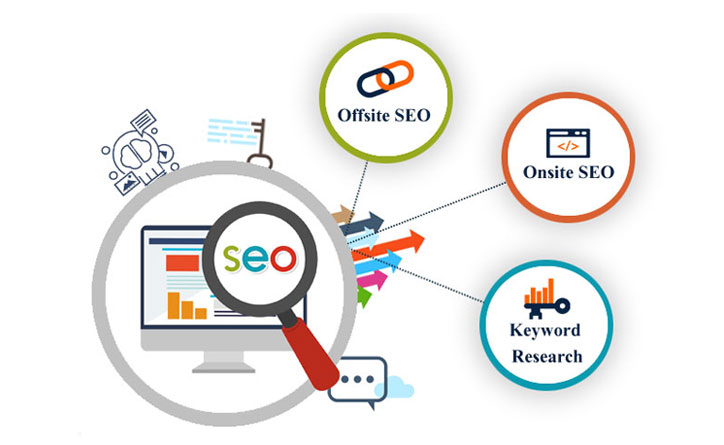Artificial Intelligence or AI is a technology that has been gaining popularity in recent years. This emerging area of computer science involves the development of computer systems that can perform a variety of tasks that typically require human intelligence, such as visual perception, speech recognition, decision-making, and language translation. AI has already made significant strides in several domains, including healthcare, finance, education, and transportation. Here, in this article, we will discuss the basics of AI and its exciting applications.
AI is broadly classified into two categories: Narrow or Weak AI and General or Strong AI. Narrow AI is a system designed to perform a specific task, such as playing chess or detecting fraud. They can perform these tasks with precision and accuracy. However, they lack the ability to learn, generalize, or transfer knowledge. On the other hand, General AI aims to develop machines that can perform any intellectual task that a human can. This kind of AI would possess self-awareness, consciousness, and even emotions.
AI is being employed in several fields, including healthcare. The use of AI in healthcare has opened new doors for disease diagnosis, treatment, and personalized care. AI can assist in identifying risk factors and predicting diseases. This technology can help doctors make more accurate diagnoses with fewer errors, thereby contributing to better health outcomes. AI-powered robots can help doctors perform surgery with greater precision, while also minimizing the risks and complications.
AI is also being used in finance to manage large volumes of financial data and make better investment decisions. AI algorithms analyze market trends, identify customer preferences, and find opportunities to optimize the investment portfolio. AI-powered chatbots are also assisting banks in managing customer queries and enhancing customer satisfaction.
AI is also being used to enhance education, making it more accessible and personalized. AI-powered chatbots can help students with their homework, create customized study material, and provide feedback. AI can also help identify areas where extra training is needed, thereby opening new learning opportunities.
AI’s applications in transportation are also noteworthy. AI-powered self-driving cars can initiate brakes, steer, and accelerate themselves, making travel safer and more convenient. AI algorithms can also optimize traffic patterns and reduce congestion, making it easier for people to commute.
AI has the potential to revolutionize the world in a myriad of ways. However, it also brings with it challenges and concerns, such as data privacy, bias, and cybersecurity. As with any new technology, the benefits and drawbacks of AI must be carefully weighed before fully understanding its impact on our society.
In conclusion, AI has made significant strides in several domains, including healthcare, finance, education, and transportation. With its potential to revolutionize the world, the benefits and drawbacks of AI must be carefully weighed before fully understanding its impact on our society. As we move towards a more technology-driven world, it is essential to explore ethical and moral implications and ensure that AI is used to benefit humanity.




